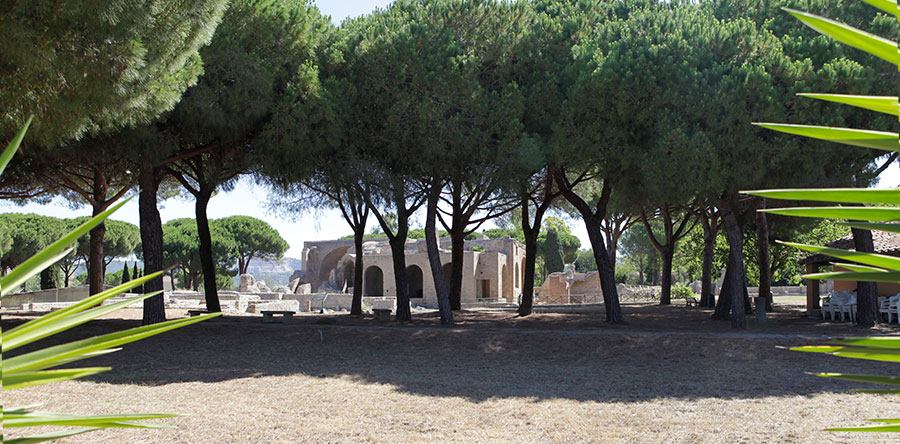
By Gerard Huissen
In1984, visiting for the first time Civitavecchia, I didn’t know anything about that city, 50kms North of Rome, but the name ‘Old town’ was very promising. Unfortunately Civitavecchia seemed to be, archaeological speaking, an uninterested industrial port town. Not very attractive for a simple tourist.
When we left Civitavecchia again, outside the city we found something that seemed to be a Roman excavation. My simple knowledge at that time told me I was looking at Roman baths. The complex was standing free in the landscape and there wasn’t any sign to tell us what it really was. Now, 32 years later, I decided to visit Civitavecchia again. For the new foundation ‘Roman Ports’ I did some research about the city.
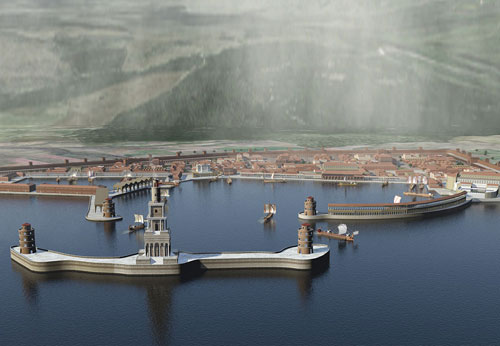
The harbour, built by the emperor Trajan, because of the lack of capacity at Ostia and Portus, seemed to be a twin harbour of Portus. Complete with two moles and a lighthouse on an artificial island between the moles. The already mentioned bathing complex was the largest evidence from Roman times.
An intimate Belgium professor classical languages pointed me on another archaeological site nearby, called Cencelle. A name familiar to Centumcellae (Civitavecchia in Roman times) and maybe related to Trajan’s harbour. I decided to visit both places.
My first attempt was disappointing. I had asked an Italian friend to inform me about the opening hours. The verdict was: ”You can visit the thermae every day of the week”. Unfortunately he forgot to mention that the opening hours were from 9.30 till 12.30 in the morning. So, at 13.15 I arrived at a closed door. The excavation was now surrounded by a fence and equipped with an office where one could buy tickets.
Two days later another attempt. Except of a man in the office there was nobody on the site.
To obtain as much information and news as possible of all the Roman ports, in my opinion it was necessary to find a passionated local volunteer in every Roman port who was willing to help us with our initiative. I decided to come straight to the point and asked the man at the ticket office if maybe he knew someone who would be interested to join us, especially for Centumcellae. The man, Luca Seidenari, told me that he himself would be honoured to fulfil that role. With passion he immediately started to tell about Civitavecchia, pulled out old books and showed me on a map the still existing parts of the old port of Trajan. As regards enthusiasm, he was the guy I was looking for.
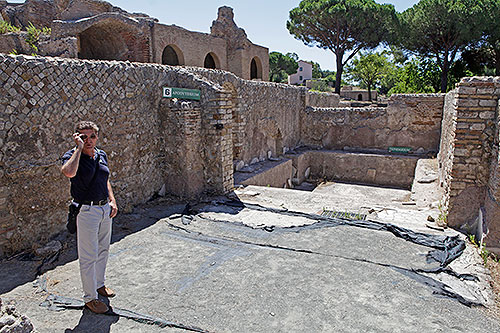
After that, he guided me through the baths, which partly had been built during the time of republican Rome and therefore already existed before Trajan built his harbour. With the archaeological knowledge of Luca was also nothing wrong.
After the tour we exchanged addresses and names. I pointed him on the website and the Facebook group. In the meantime a friend of him had entered the office. This friend was an archaeologist involved by another Roman Port nearby called Santa Severa, about 20 km from Civitavecchia on the way to Rome. But more about this port in another article.
For now I decided to leave Cencelle for what it was and returned to the port of Civitavecchia to see the remains of the Roman port and to make some pictures. I promised Luca to send my article to him before publishing so that he could make corrections (which he did) and he promised me to make an in depth article about the baths. That’s the reason why the part below is just an impression of my search for Centumcellae. The real article will come soon from Luca Seidenari.
THE THERMAE
The baths are known as ‘the thermae of Trajan’ as well as ‘the thermae of the Taurine (bull).
The complex consists of two parts; the republican baths and the imperial ones. This shows immediately that the first name, the baths of Trajan, does not cover the whole load. There were already thermae before Imperial Rome.
The bathing complex is located on a hill about 5 kms outside the city centre. My first question to Luca was why these baths were not built closer to the city. He told me that the original baths were built for an older city at this place, long before Centumcellae was born. And besides that, all the baths were built on the site of the thermal springs. The name ‘Thermae Taurine’ comes from an old legend described by Rutilio Namaziano, a Roman poet, in 416 AD. The legend says:”after a bull, a personification of a god, scratched the earth with his legs before a fight, a well with warm, sulphurous water was created. These kind of wells can still be find in the region.
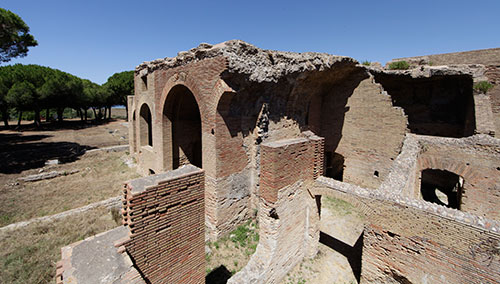
Today, the whole bathing complex is very good maintained. Barely weed, a lawn as a golf court, despite the few daily visitors (an average of 5). Luca told me that gardeners from a nearby location volunteered to keep this complex in good condition. A nice initiative as an example for others. By the way, alsoLuca voluntary substituted for a friend who worked normally at the office.
THE PORT
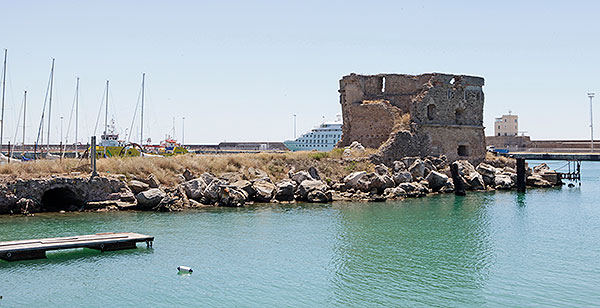
After my visit at the baths I went down to the port. This too ended in a puzzle. The whole port was surrounded by walls and buildings. How to find the old Roman remains?
After asking several times I found the entrance and saw immediately the tower on the northern mole. The only problem was the lot of boats and water between me and the tower. Local fishermen told me that I had to walk around the inland ports. So I did. After 10 minutes walking a car stopped and the driver told me to return immediately because I was on military ground. He said that I had to go to the passenger terminal. And of course, after arriving at that terminal, I was not allowed to enter. I drove back and found a small open door, walked with my camera equipment through that door and stood suddenly behind the barriers of the passenger terminal, protected by armed soldiers. Fortunately they didn’t notice me. Now I could enter the mole and tower closely.
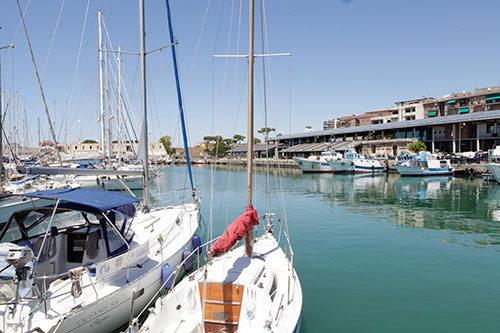
After that I also found the Darsena, the old Roman inland port for maintenance of the ships. Today the Darsena is still in use as a harbour for yachts. On the quay stood a minibus belonging to ‘Friends of the Roman Darsena’. Oneday I will write them.
CENCELLE
A week later I started searching for Cencelle. Another big adventure. No sign, no mark, hardly a road (a very bad country road with the only intention to breakdown your car). But, the name, strongly bringing to mind the name Centumcellae, seemed to be derived from the latter was enough for me to start also this struggle.
When the port of Trajan was attacked from sea by the Saracens in the 9e century AD, Pope Leo IV built an inland haven for the population of Centumcellae on a hill some 20 kms away from the coast including a wall with several towers. He named the new city Leopolis. The new citizens however kept using the name of their old city, Centumcellae and in the many documents it is this name that survived.
Later on it became Centuelle, Cincelle and finally Cencelle. A legend tells ust that very soon after they left the Port town the original inhabitants became homesick and already in 889 almost everyone returned to their ‘CivitasVetulas’, their old town as they were start calling the city of Trajan. The name Civitavecchia was born.
More likely the return of the population to the maritime city took place around the year 1000, when the port was a safe place again. But we do not know if any of the citizens of Leopoli/Cencele actually moved back to the port, as that city continued to be inhabitated until the15thcentury.
At the beginning of 11th century a fortified structure was erected on the top of the ruins of the Roman port warehouses, at the entrance of the inner dock (darsena).
The first documented mention of the reborn city (CivitasVetula) dates from1072.
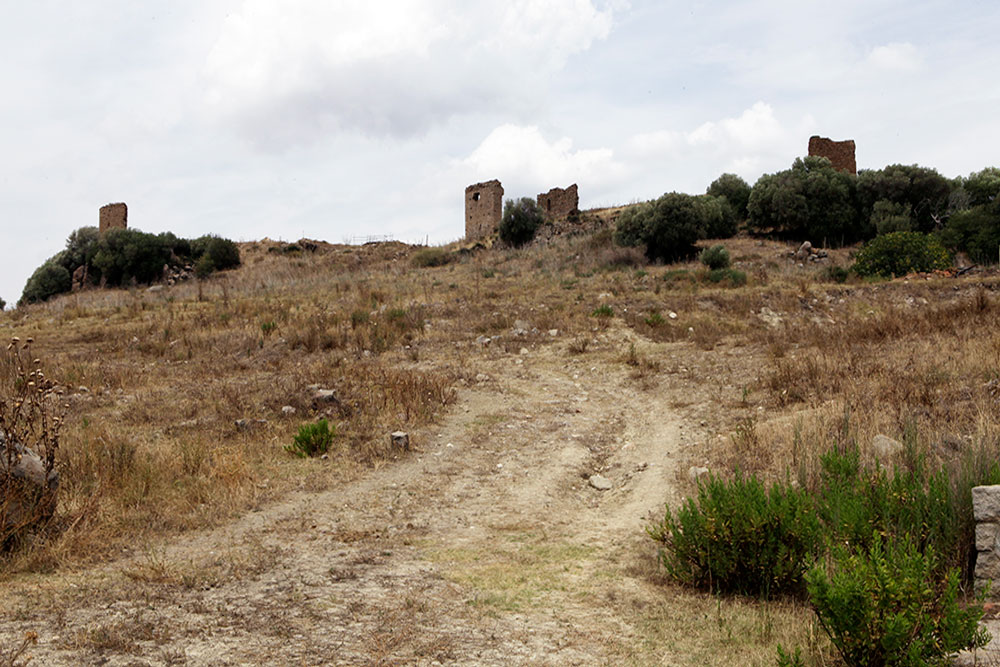
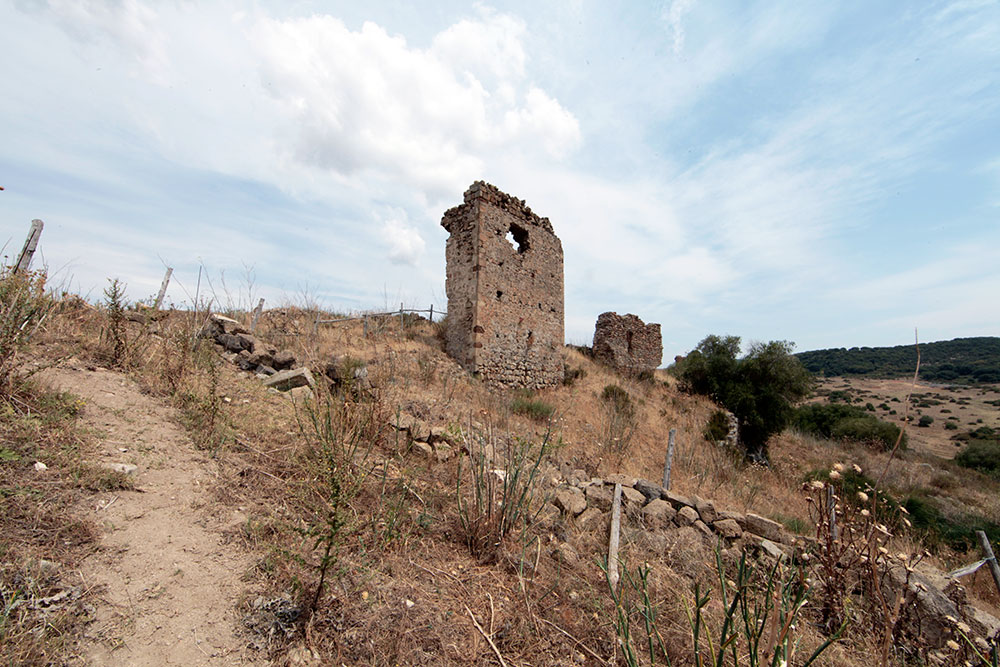
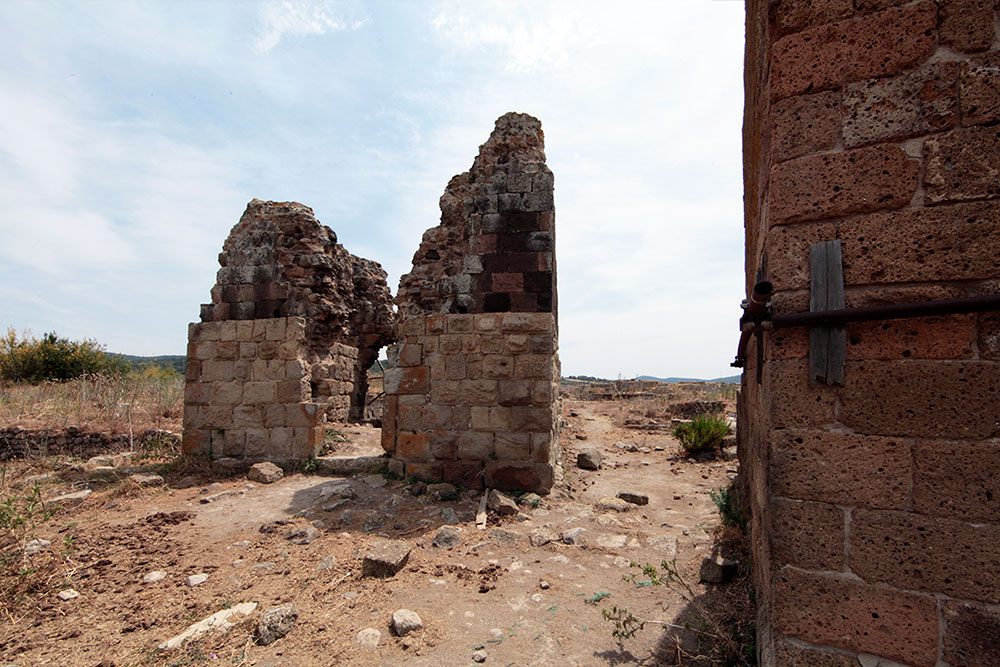
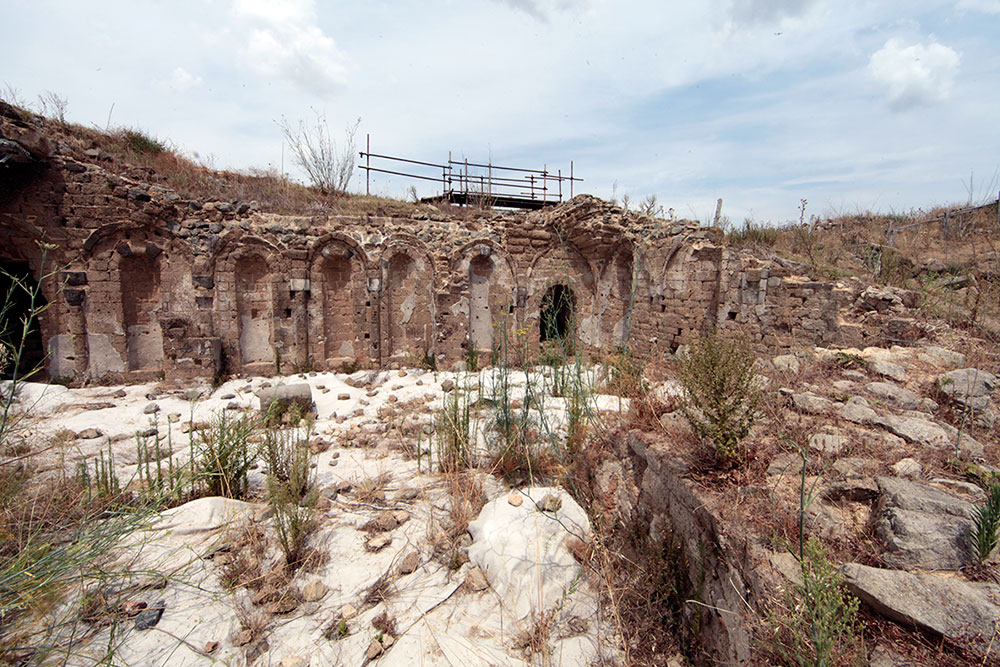






 We are committed to providing versions of our articles and interviews in several languages, but our first language is English.
We are committed to providing versions of our articles and interviews in several languages, but our first language is English.